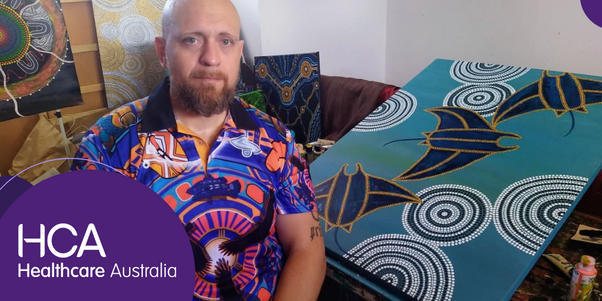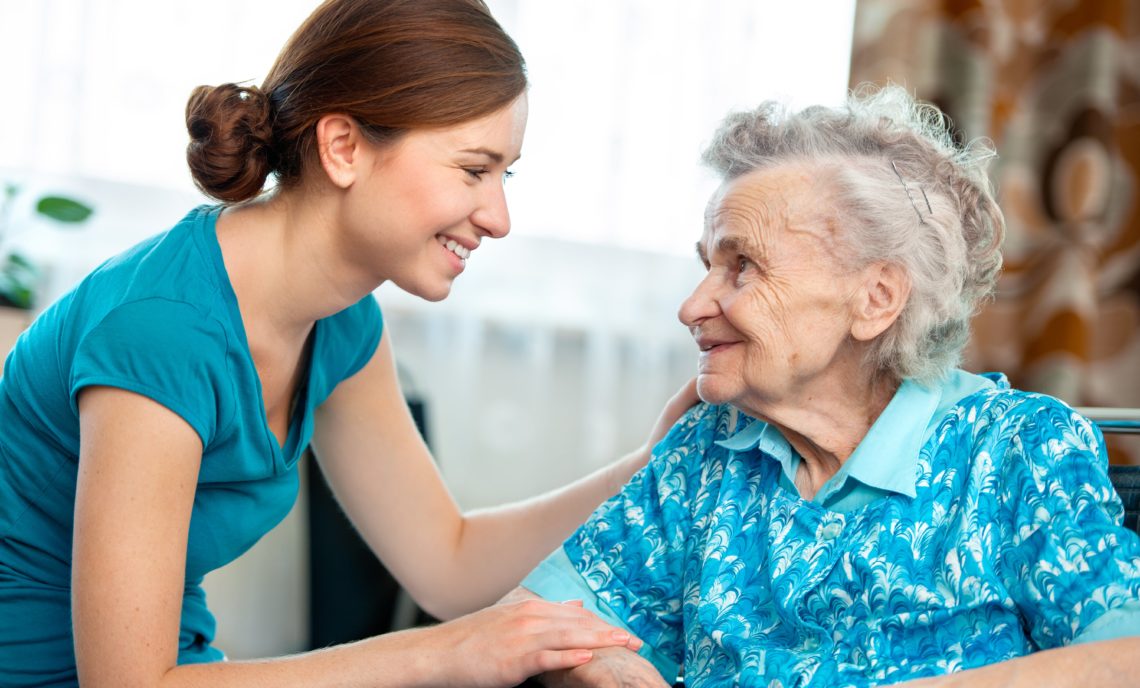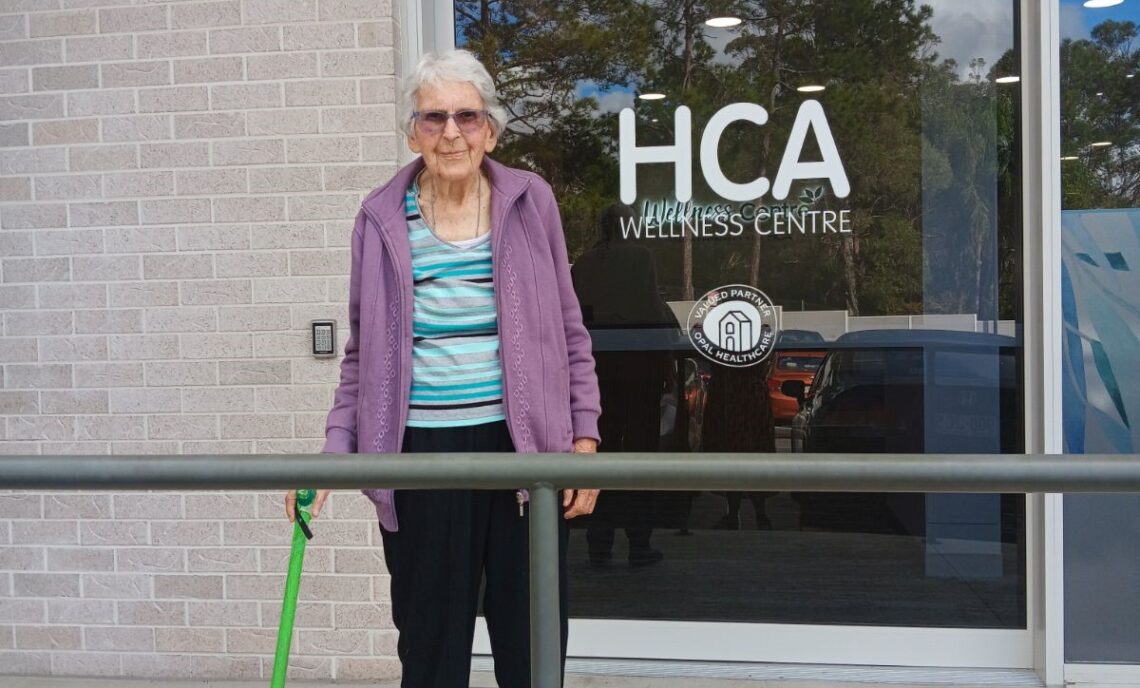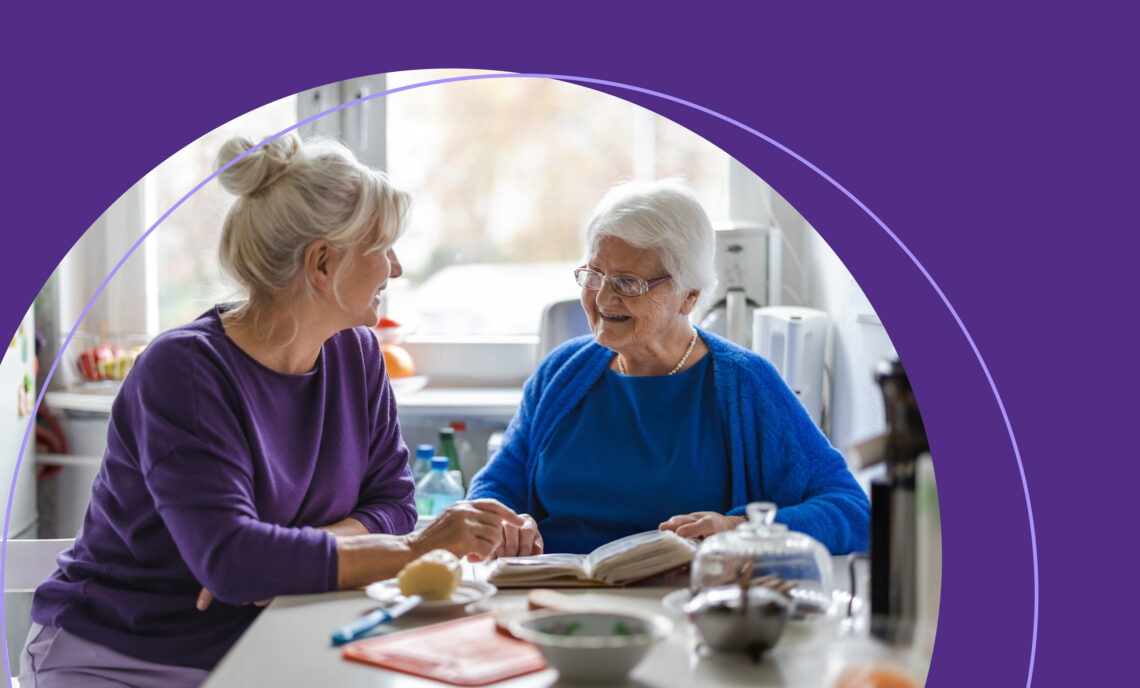
Exploring Artistry & Identity: Q&A with First Nations Artist Beau Pennefather Motlop
Table of Contents
Where did you grow up?
My mother and father met here in Cairns, but then moved back to Auckland, and had us kids and stuff over there. They then separated and my mum moved us back to Cairns in the late 80’s when I was about 8 years old.
We lived in a housing commission complex, which, due to the low socioeconomic neighbourhood, its predominantly Indigenous. So, it’s not a formal indigenous community, but I say I lived in an Indigenous community because that was it was to me as there weren’t many non-Indigenous.

What is your background?
My mother is Aboriginal and Torres Strait islander. The Aboriginal side is a tribe called Jirrbal, which is a rainforest saltwater tribe. My Grandfather is the Torres Strait Island blood, and he is from a tribe called Wagoedaggum, which is known as the Koedal Clan or Crocodile Clan. They are on Mabuiag Island in the Torres Strait, just above Badu island. My father is half Maori from Aotearoa/New Zealand.
My Nana has quite a strong Maori culture, so I’ve got the best of both countries.

How did you get into the world of art and creativity?
I have been drawing since as early as I can remember. Constantly drawing! My Nana was also quite an established artist herself. I would look at her painting and try to mimic them and draw with crayons and colouring pencils. So, for as long as I remember, I have always been mucking around with pastels and stuff. I then went to primary school and couldn’t concentrate on anything, as I was always sketching away in the corner, and I was always looking forward to art class obviously.
I then went to high school, and depending on the art teachers, they try and see if you are talented and try to embrace that in you and move you towards that direction to focus on your strengths. I was really lucky to have a really good art teacher in high school, it made a big difference. You don’t realise the importance of teachers and the impact they can make on you until you get older. I’m so thankful I had supportive teachers. When I left high school, I fell into the busy life of adulthood and stepped back from art. It wasn’t until I came home from work one day and my wife had bought me all these art materials and paints and cleared an area in the house to create a studio. She didn’t give me any excuses to start, so I dived back into it again.
What kickstarted your artistic career?
Well, I started like everyone starting out, you’re quite limited in your thinking and would just reach for the canvas and the paint, and you’re just like, oh, well, this is how it’s done. So that’s where I started. And then it wasn’t until probably five or six years ago when an event organizer from Sydney called me and asked me to do a digital art show at an event up here in Cairns.
The event was for digital art, which I had never done before. He ended up buying me the equipment and told me I had 3 weeks to learn. So, an iPad is what I draw on!
The iPad was projected up on a huge wall where all the people at the show could see, and I taught myself the digital world and now it’s the way I go. Since then, I realized the possibilities and the capabilities of this program that I use now. Ever since then, I still get commissioned for acrylic artworks, but digital is the primary medium I use now.

How did the process start of designing a piece of artwork for Healthcare Australia?
I knew that Healthcare Australia had healthcare workers who travelled a lot to communities around Australia. I knew that you especially went to the Torres Strait, and I know that the healthcare in these areas is really lacking, and I know HCA was doing some incredible work in those communities.
I know from all my aunties and uncles and grandmas and granddads that have passed and are still here without that support, they would really struggle in the community. It was a struggle in general, really. So I had an idea about where I wanted to go with the piece, but knowing the stuff that you guys do really made me put in a lot, and I find it hard to articulate the words I want to use because I get so passionate. But, I guess you could say it’s another dimension of creating. When you’re really happy with what an organisation is doing, just making sure everything links and flows and goes together really well is how I envision you guys would be when you go into the community. I wanted the artwork to flow. Like you guys would go in and then flow and then work together.
So that’s kind of the picture I had in my head when I was creating it. I think what you’re doing there, what you guys are doing there, is a huge step in the right direction with the Scrubs and asking me for art.

Can you explain the artwork?
As you continue to go through the image, you will see I’ve got some of my contemporary Torres Strait Island pattern work. I use that to represent the Torres Strait and Zenadth Kes. The Zenadth Kes connection is a representation of a Torres Strait Island Dhari or warrior’s headdress and is an acronym that represents the Torres Strait. As you continue through the artwork, you will see I’ve used sort different-sized dot work to represent our past ancestors, just showing that they’re sort of still there and supporting and supporting our mob and hunting for our ancestors and us mob now.
Particular patterns I used in the artwork represent things like the tide in and the tide out, the sun up, sundown, moon up, moon down, seasonal weather changes, also weaving patterns for strength and solidarity. So that’s what my patterns kind of reflect. And that’s part of my creative process over the years. They don’t represent that for everyone, because, like I said, that’s a contemporary version of Torres Strait art. It’s not a traditional one, and it continuously changes and grows as we move into the future. A lot like Aboriginal art, but a little different again, a lot more repetitive shapes and I wanted to represent how Healthcare Australia connects services to support communities as it’s a continual thing. There’s no end in sight. It’s just sort of like I feel like it’s as it’s needed. And then behind those, I’ve got the people in the communities that are receiving Healthcare Australia’s support, people sitting or people meeting. I wanted to put that in just to show how Healthcare Australia are yawning and supporting our community in a sort of a sit-down position.



